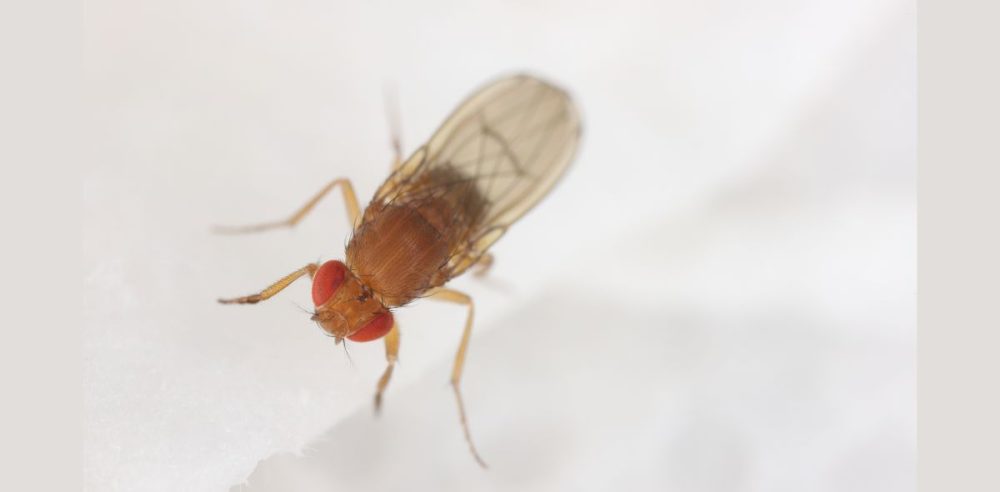A group of scientists have produced the most detailed analysis yet of the brain of an adult animal, an accomplishment that they hope will help them better understand the human mind.
A collaboration of international scientists, known as the FlyWire Consortium, dissected the brain of the adult fruit fly, which is about the size of a pinhead, slicing it into 7,000 pieces. The ultrathin slices were photographed and digitally spliced together. A research team at Princeton applied artificial intelligence to pinpoint all the neurons’ shapes and connections.
Human researchers did much of the work, as they had to correct over 3,000 AI mistakes by hand.
Mapping the fly’s brain was no easy task, as it has over 130,000 neurons and about 50 million connections. Then, scientists had to identify the function of each of the mapped shapes and connections.
“This data is a bit like Google Maps but for brains: the raw wiring diagram between neurons is like knowing which structures correspond to streets and buildings,” explained Dr. Philipp Schlegel of the Medical Research Council’s Laboratory of Molecular Biology, per BBC. “Describing the neurons is like adding the names for streets and towns, business opening times, phone numbers, reviews, etc. to the map. You need both for it to be really useful.”
The resulting comprehensive map of neural connections — known as a connectome — is available to any scientist who wants to use it to further their own research. Schlegel expects the world to see “an avalanche of discoveries in the next couple of years” because of this new map.
Currently, researchers do not have a firm concept of how the human brain’s network of cells and connections produces thought and allows us to interact in the world.
“What are the connections? How do the signals flow through the system that can let us process the information to recognise your face, that lets you hear my voice and turn these words into electrical signals?” said Dr. Gregory Jefferis, of the Medical Research Council’s Laboratory of Molecular Biology, per BBC. “The mapping of the fly brain is really remarkable and will help us get a real grasp of how our own brains work.”
Developing a human connectome is still many years away, as the human brain is much larger and more complex, with millions more cells than a fly’s brain, and the technology to capture all that information does not yet exist. At this point in time, even creating a connectome of a mouse brain, with its 10⁸ neurons, is considered a “desirable but … intractable target,” according to the research study published Wednesday in the journal nature.
“The adult fruit fly represents the current frontier for whole-brain connectomics,” the study states.
Scientists have previously been able to create connectomes for the nematode, which has 302 neurons, and, more recently, for the Drosophila larva, which has 3,016 neurons.
“However, the adult fly has richer behaviour, including complex motor control while walking or in flight, courtship behaviour, involved decision making, flexible associative memory, spatial learning, and complex multisensory navigation,” the study reads, explaining why the fly was chosen for this project.
Dr. Mala Murthy, one of the project’s co-leaders, said the fly connectome will be “transformative for neuroscientists.”
“It will help researchers trying to better understand how a healthy brain works. In the future, we hope that it will be possible to compare what happens when things go wrong in our brains.”
Dr. Lucia Prieto Godino, a brain researcher at the Francis Crick Institute in London who is not connected to the mapping project, said that “having a complete connectome of something with 130,000 wires is an amazing technical feat which paves the way for finding the connectomes for larger brains, such as the mouse and, maybe in several decades, our own,” as BBC reported.


